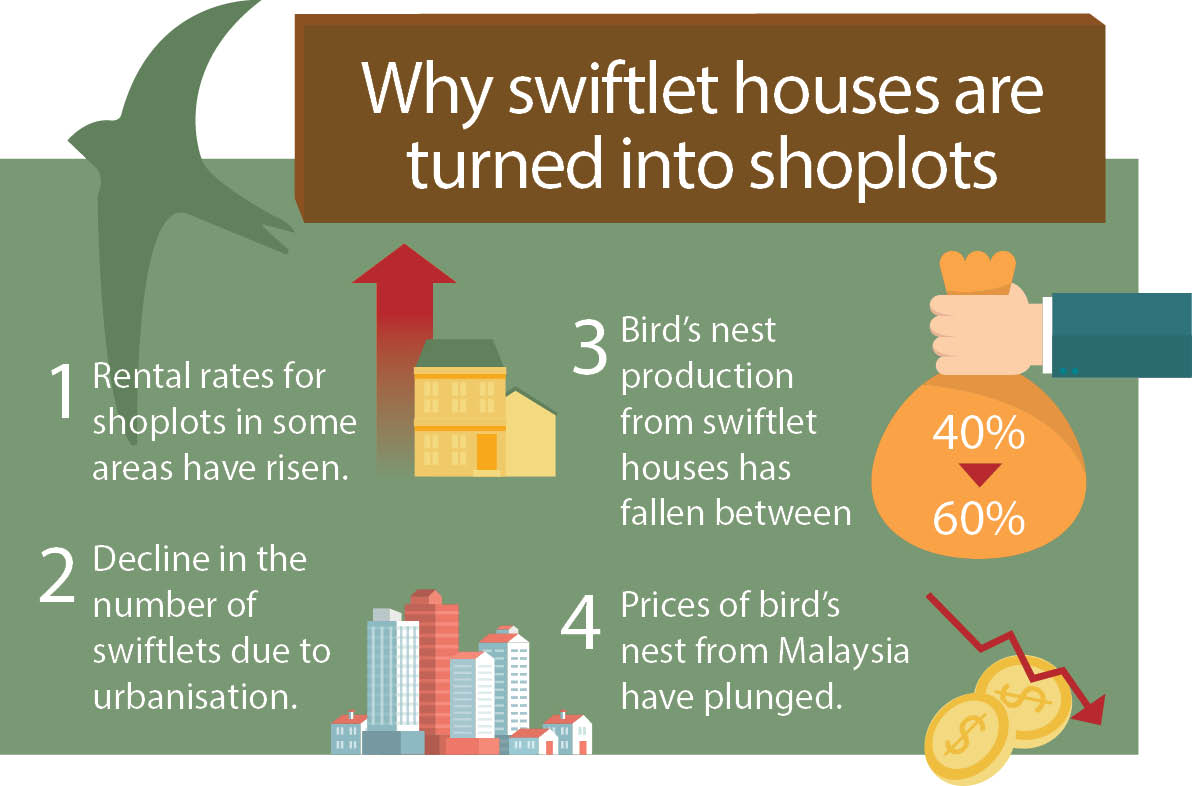
THERE was a time when old shophouses in some small towns in suburban areas were turned into swiftlet houses to reap the lucrative returns on edible bird’s nest.
In 2010, for instance, when the price of raw, unprocessed bird’s nest was at RM4,000 to RM6,000 per kg, there were about 60,000 units of swiftlet houses across the country, Selangor Bird’s Nest Merchants Association chairman Jackson Loo tells TheEdgeProperty.com.
“At that time, like a swarm of bees, people were rushing to build swiftlet houses in suburban areas, such as Tanjung Malim in Perak,” he recalls.
“Some people bought cheap shoplots in areas with high vacancies and converted them into swiftlet houses, while some people bought land in suburban areas to build these houses,” he says, adding that some property developers were even looking for partners to venture into the business with by turning their properties into swiftlet houses.
Previously, the owner of a successful bird’s nest house, capable of producing 3kg to 5kg of raw bird’s nest per month, would only consider selling the property at high margins ranging from RM100,000 to RM200,000 due to the considerable returns, Loo notes.
“It is very difficult to find another successful bird’s nest house and the cost of setting up a new one could easily go to RM500,000, so the owner will not let go of the property unless the selling price is very high,” he explains.
There were also owners of shoplots in small towns who had converted their properties into swiftlet houses, says Malaysia Bird’s Nest Merchants Association deputy president and chairman of Johor Bird’s Nest Merchants Association Allen Tan.
“Some of them could not find a tenant for the upper storeys of their shoplots, so they turned them into swiftlet houses,” he adds.
That was the boom time for the edible bird’s nest industry and swiftlet houses were sought after by those who wanted to enter the industry.

![Tan: The rentals [for shopoffices] in the town area has improved in recent years. Tan](http://dbv47yu57n5vf.cloudfront.net/s3fs-public/editorial/my/2017/January/02/Tan.jpg)
However, the good times did not last. Loo says the tide turned in 2011, when China, one the largest bird’s nest importers in the world, banned the import of Malaysia’s bird’s nests due to the discovery of excessive nitrite. The number of swiftlet houses quickly declined as owners converted their houses back to shoplots.
Besides, rapid development in more urban areas are driving the swiftlets away, Loo adds. “Currently, most of the houses are situated in the suburban areas of Kelantan, Pahang and Johor. For example, Kelantan’s Kota Bharu used to be a swiftlet hotspot but production has declined 40% to 60% because the swiftlets are moving to suburban areas. Consequently, many have turned their bird’s nest houses back into shophouses. The trend is happening throughout the country,” he continues.
Tan concurs, due to the lower returns and the rise in demand for office and retail spaces in some areas, many bird’s nest houses have been converted into shoplots to be rented out, some as budget hotels and offices.
Tan, who owns a shophouse with a few partners in Kota Tinggi, Johor, had recently converted the property from a bird’s nest house into a shopoffice and is renting it out for about RM1,000 per month.
“The rentals [for shopoffices] in the town area has improved in recent years. The rents could go from a few hundred ringgit to RM2,000 per month depending on the location,” he says.
“The rental rates in areas with large oil and gas projects are even higher. Some can go up to RM6,000 to RM7,000 per month, so this is the reason I have converted my property in Kota Tinggi,” he adds, citing some former bird’s nest houses in Pengerang which have been turned into hotels and staff accommodation.
The trend is also happening in other areas in Johor, such as Permas Jaya, Taman Sentosa, Taman Molek and Gelang Patah, offers Tan.
Another bird’s nest house owner in Kota Tinggi who wants to be known only as Yau has also pulled out of the business.
Yau used to own four shophouses in town where he had combined the top floors of the four-storey units for bird’s nest production. However, he has since stopped the business and transferred the properties to his brother to start a gym business.
“I was doing the bird’s nest house business on the top floor for seven to eight years while the space on the other floors were let out,” he says. “However, with the plunge in bird’s nest price and the lackluster production, I decided to quit the business.” He is also considering converting another bird’s nest house he owns back into a normal shoplot.
This story first appeared in TheEdgeProperty.com pullout on Dec 30, 2016, which comes with The Edge Financial Daily every Friday. Download TheEdgeProperty.com pullout here for free.
TOP PICKS BY EDGEPROP
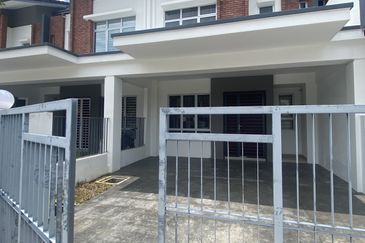
Livia @ Bandar Rimbayu
Telok Panglima Garang, Selangor
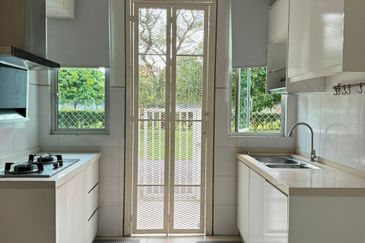
Chimes @ Bandar Rimbayu
Telok Panglima Garang, Selangor
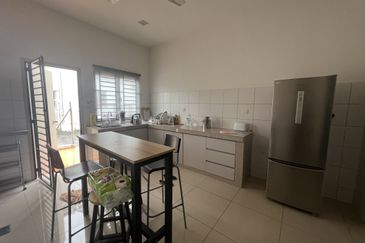
Penduline @ Bandar Rimbayu
Telok Panglima Garang, Selangor

Penduline @ Bandar Rimbayu
Telok Panglima Garang, Selangor

Robin @ Bandar Rimbayu
Telok Panglima Garang, Selangor
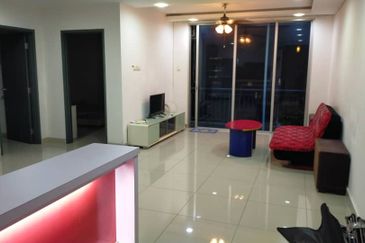
D'Ambience Residences (Ikatan Flora), Bandar Baru Permas Jaya
Permas Jaya/Senibong, Johor

D'Carlton Seaview Residences (Seri Mega)
Masai, Johor

Apartment Tanjung Puteri Resort
Pasir Gudang, Johor

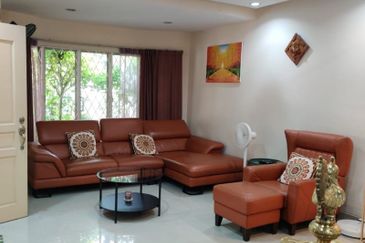
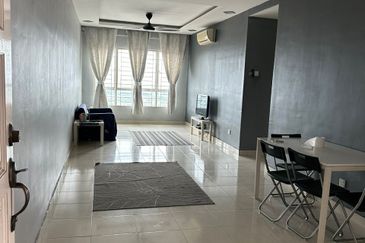
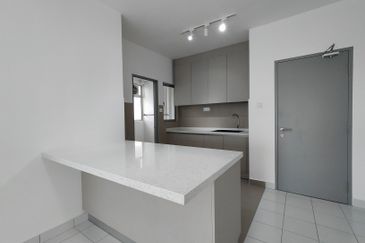

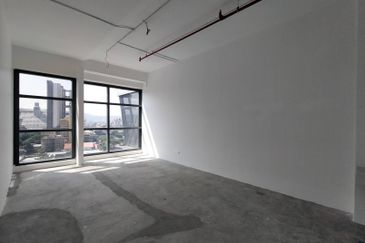

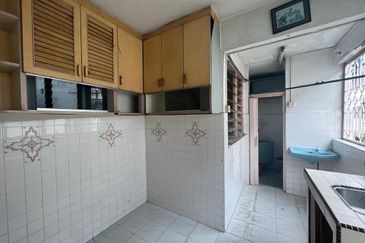


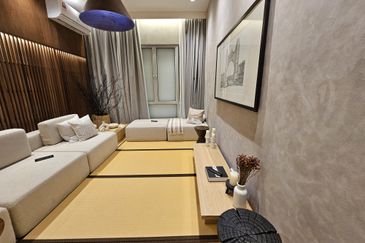

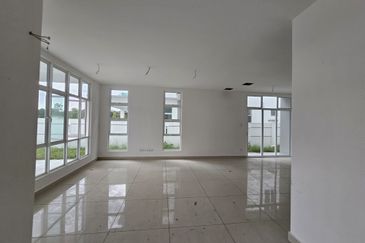
hero.jpg?GPem8xdIFjEDnmfAHjnS.4wbzvW8BrWw)



